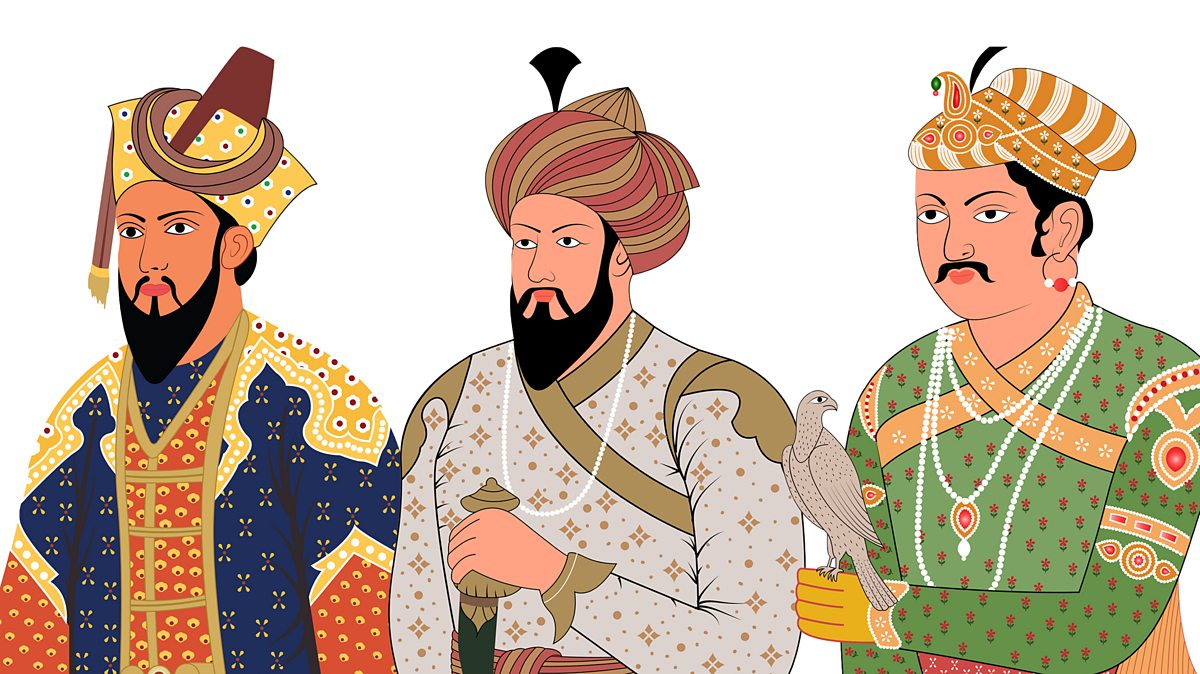Font size:
Print
State Integration under GST
Context:
Inter-state variations in revenue performance have long been a topic of debate.

More on News
- The shift from the earlier Value-Added Tax (VAT) to the Goods and Services Tax (GST) marked a significant change in how states accrue tax revenues.
- GST transitioned from a source-based tax (where revenue went to the exporting state) to a destination-based tax (where revenue accrues to the consuming state).
Impact of GST on Revenue Shifts
- Previous Regime: Under the previous tax regime, states exporting goods earned revenue from inter-state transactions.
- GST: With GST, revenues now shift to the consuming (importing) states, making it a destination-based tax system.
- The integration of states and increased inter-state trade volumes were expected outcomes of the GST introduction.
Role of IGST in State Revenues
- Integrated GST (IGST) is the tax levied on inter-state transactions and is collected by the Union government.
- Exporting states do not retain revenue from inter-state transactions; instead, the input tax credit is made available to them.
- The importing state receives revenue via IGST settlements when input tax credits are claimed against local sales.
- This IGST settlement reflects the extent to which states depend on inter-state trade or are integrated with the national economy.
GST Revenue Data and IGST Settlement Trends
- The GST Council provides data on revenues collected by states, including Central GST, State GST (SGST), and IGST.
- A state’s total revenue consists of its SGST and the IGST settlement it receives from imported goods and services.
- The ratio of IGST settlement to total revenue (SGST + IGST settlement) indicates a state’s dependence on inter-state trade and its integration with the rest of the country.
- Initially, this ratio fell from 45.9% to 27% but has since recovered to over 48% and has remained stable in the post-COVID years, signalling a modest increase in economic integration across states.
Inter-State Variations in Integration
- The ratio of IGST settlement to total revenue varies significantly across states.
- In 2018-19, Uttarakhand had the lowest ratio (20.4%), while Nagaland had the highest (79.4%).
- By 2019-20, the range remained similar, with Uttarakhand at 20.3% and Nagaland at 70%.
- In 2023-24, the lowest ratio was found in Jharkhand (29.2%), and the highest in Mizoram (72%).
Changes in State Integration
- Nineteen states have shown improvement in their integration with the national economy, while others have experienced a decline in IGST-to-total revenue ratio.
- States with a significant increase in the ratio (by more than 5 percentage points) include Uttarakhand, Haryana, Delhi, Punjab, Rajasthan, and Gujarat.
- Conversely, states such as Nagaland, Jharkhand, Odisha, and Kerala saw a sharp decline in this ratio.
- The reduction in Nagaland’s ratio is expected, given its initially high ratio, but the decline in the other states could indicate evolving economic activity that warrants further investigation.
Regional Patterns and Grouping of States
- Industrially diverse states like Maharashtra, Gujarat, and Tamil Nadu have lower IGST-to-total revenue ratios, at 34.2%, 37.7%, and 40.1%, respectively.
- These states, with robust local economies and significant industrial and service sectors, rely less on inter-state trade revenues.
- States like Chhattisgarh, Jharkhand, Odisha, and Uttarakhand, which are resource- or mineral-rich and have lower per capita GSDP, also have lower ratios, ranging from 29.3% to 41.6%.
Possible Structural Transformations in Resource-Rich States
- States with lower per capita consumption expenditure and higher cereal consumption, such as Chhattisgarh, Jharkhand, Odisha, and Uttarakhand, also exhibit relatively lower IGST-to-total revenue ratios.
- These states are rich in natural resources or minerals, and limitations on input tax credit for certain minerals, especially those used in power generation, could skew local revenues.
- The possibility of structural transformations in these states’ economies, especially in terms of reliance on inter-state trade, requires further exploration.
Conclusion:
The GST regime has shifted revenue benefits from producing to consuming states, with varying IGST-to-total revenue ratios reflecting different levels of economic integration. These patterns indicate that state-level economic activities and integration require ongoing analysis to fully understand GST’s impact.


